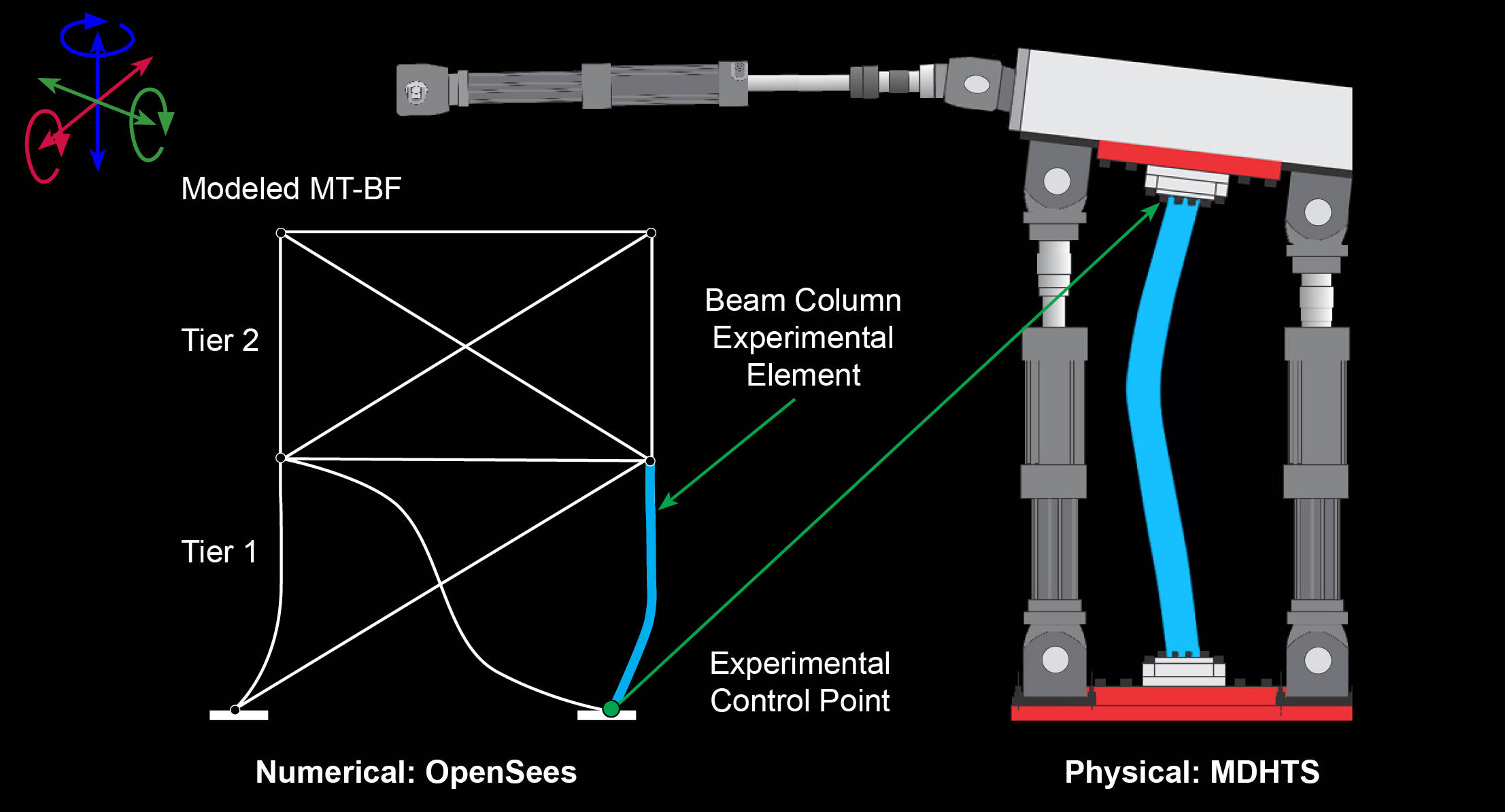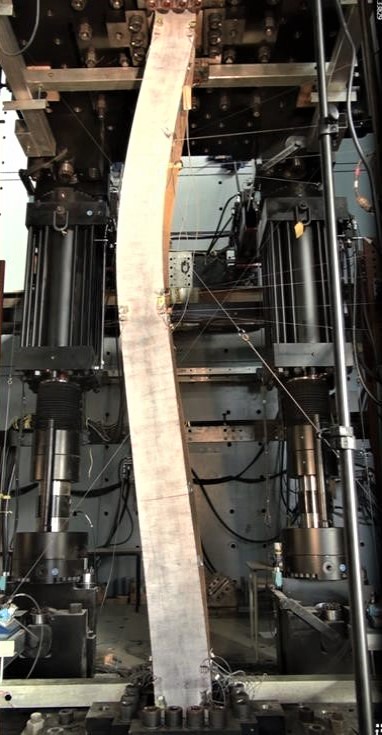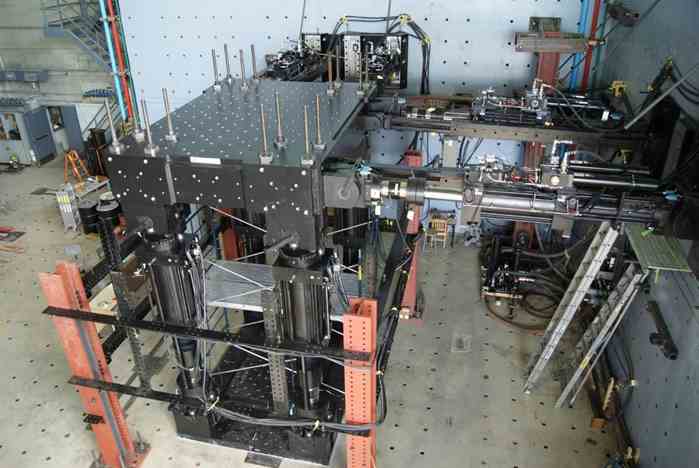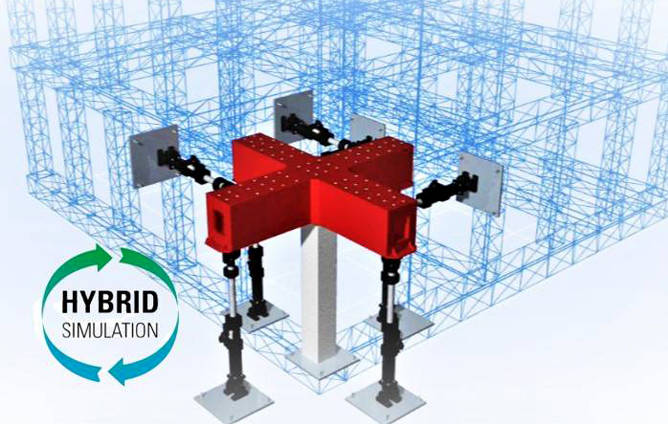Researchers at Polytechnique Montréal leverage MTS hybrid simulation technology, methods, and expertise to validate the seismic stability of multi-tiered steel-braced frames, used extensively in large single-story structures, such as industrial warehouses, recreation centers, and airplane hangars.

Pseudo-Dynamic Hybrid Simulations (PsDHS) were conducted at the Structural Engineering Laboratory at Polytechnique Montréal to gain needed experimental data on the seismic stability of Multi-Tiered Braced Frames (MT-BFs) and validate the findings of past numerical simulations. Using records from the 1992 Landers-Yermo Fire Station Earthquake (magnitude 7.3) and the 1989 Loma Prieta Earthquake (magnitude 7.1), first-tier column segments from two-tiered concentrically braced steel frames were physically tested on a six-degree-of-freedom (6 DOF) Multi-Directional Hybrid Testing System (MDHTS), while the remaining components of the frames were numerically analyzed using OpenSees finite element analysis software.
Results of the Montréal PsDHS experiments validated earlier numerical predictions of MT-BF seismic stability, showing that tensile yielding in one tier can induce large in-plane bending moments in columns, which in the presence of axial compression can lead to inelastic buckling. The experiments also yielded critical insight into multi-axis hybrid simulation tools and techniques:

Friction compensation was required to mitigate the detrimental effects of friction generated by the MDHTS.
High-frequency noise correction was required to stabilize measured force signals returned to the numerical substructure.
Virtual hybrid simulation proved effective for verifying numerical integration algorithms, time steps, and experimental controls in preparation for PsDHS.
Fibre-based numerical models proved effective for multi-axis PsDHS studies of MT-BF seismic stability.


